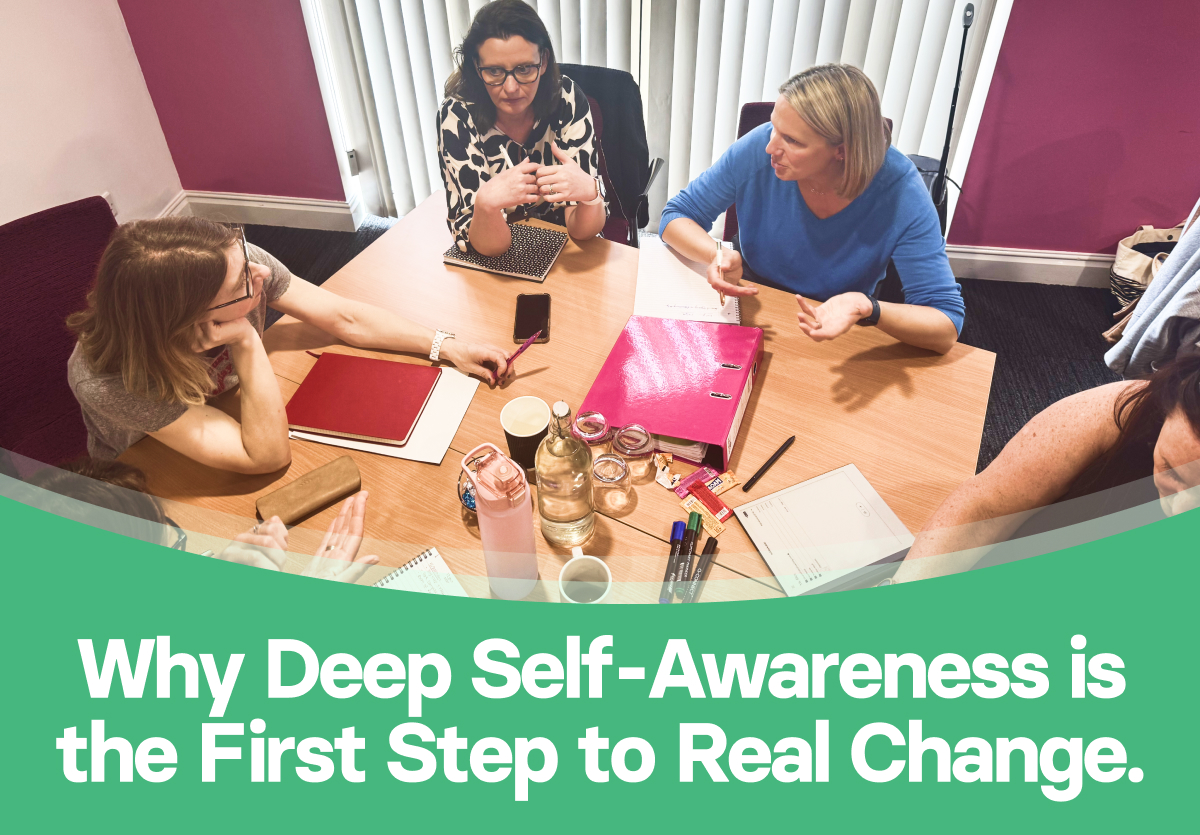Deep within the brain lies the amygdala, a small yet powerful structure essential for our emotional and survival responses.
Let’s call the amygdala Amy for short.
Think of Amy as your built-in alarm system, constantly on alert to keep you safe. With a team of security guards (known as AMPA receptors) working around the clock, Amy’s primary job is to recognise and process emotions, particularly those related to survival, like fear.
Amy’s ability to store past memories and set up threat detectors is designed to ensure our safety. You might think you have trouble remembering things from your past, but rest assured, Amy is an elephant when it comes to remembering.
When her partner, the Thalamus, senses a threat, it sends electrochemical signals to Amy. The threatening event is then encoded, and the AMPA receptors are activated to raise the alarm if anything similar happens in the future. This mechanism ensures we non-consciously remember threats and avoid them in the future.
However, Amy can sometimes be overprotective. One of our Paseda360 coaches Ann Hill, describes Amy as the Mama Bear which I love.
As Amy catalogues adverse experiences and signals the AMPA receptors to raise alarms, these alarms can go off frequently—even when there is no real threat. Imagine an alarm going off in your street with no real danger; it’s annoying, isn’t it? This is what happens when Amy wraps us in cotton wool, overreacting to minor or perceived threats.
Over time, this constant alarm triggering can profoundly impact our behavior and self-value.
Consider a child who experiences mild disapproval from a teacher. For the child, this feels dreadful. Amy, wanting to protect the child from the pain of disapproval, records this event in meticulous detail: the teacher’s disapproving look, the classmates’ laughter, the sick feeling in the stomach, and the burning red-hot cheeks. As the child grows, this memory generalises into a broader fear of disapproval. Amy and Thalamus, unable to distinguish between minor and major threats, react intensely to any perceived disapproval. Each time the alarm goes off, the individual seeks ways to avoid the pain.
This can lead to perfectionist and people-pleaser behaviours, underpinned by low self-value and a lifelong fear of being judged. The individual becomes trapped in a cycle of seeking validation, equating their worth with meeting others’ expectations. This is where the need for innovative coaching comes in.
To understand the depth of Amy’s influence, it’s crucial to explore the role of sensory input and the thalamus in more detail. The brain processes sensory information through multiple pathways. Sensory inputs—sight, sound, touch, taste, smell and thought—are first received by the thalamus, often referred to as the brain’s sensory sorting office. The thalamus filters and directs this information to the appropriate regions of the brain for further processing.
When it comes to perceived threats, the thalamus plays a critical role. Upon receiving sensory information, the thalamus evaluates it and, if deemed a potential threat, rapidly sends electrochemical signals to the amygdala. This rapid communication ensures that Amy can respond almost instantaneously, preparing the body for a fight-or-flight response.
However, the thalamus does not always accurately discern the severity of threats, leading to Amy’s overprotection.
Havening techniques, a psychosensory approach to healing, offer insight into how we can mitigate Amy’s overactive responses. Havening involves using soothing touch to create delta waves in the brain, which help in de-linking emotional responses from painful memories. This method effectively reduces the brain’s sensitivity to past events and reprograms the amygdala’s response to perceived threats.
Incorporating Havening techniques into coaching allows us to address the root causes of our fears and behaviors. By gently stimulating sensory inputs, we can calm the amygdala and reframe how we perceive and react to threats.
This process not only helps in reducing the overprotective alarms set by Amy but also empowers individuals to develop a healthier response to stress and fear.
As the founder of Paseda360 and a master coach, I choose to break the traditional rules of coaching and incorporate a scientific approach to transformation. It’s critical to look backward into the past to identify key moments in an individual’s history and “retire” these overactive security guards. By addressing these deeply ingrained memories and fears, we can help individuals break free from the cycle of overprotection.
I’m on a mission to advance coaching to better help individuals navigate their emotional landscapes and build adaptive capacity. By understanding the workings of Amy and the Thalamus, and by addressing the root causes of our fears and behaviors, we can foster resilience and self-worth.
This approach not only empowers individuals to live more fulfilling lives but also ensures that they are no longer held back by the alarms of the past. Incorporating techniques like Havening & Paseda360’s Limitless Light Therapy into coaching allows us to effectively calm the amygdala and reprogram our responses, paving the way for a more balanced and self-assured life.







